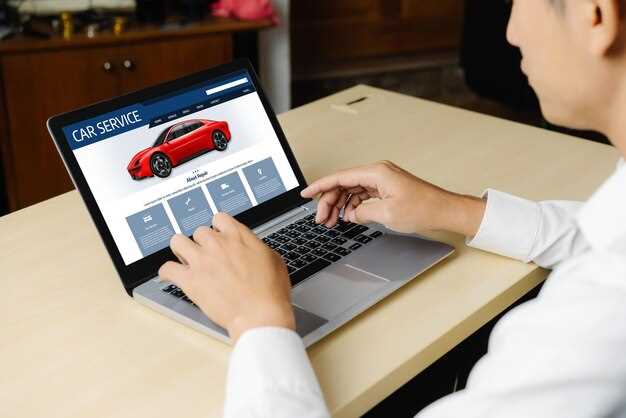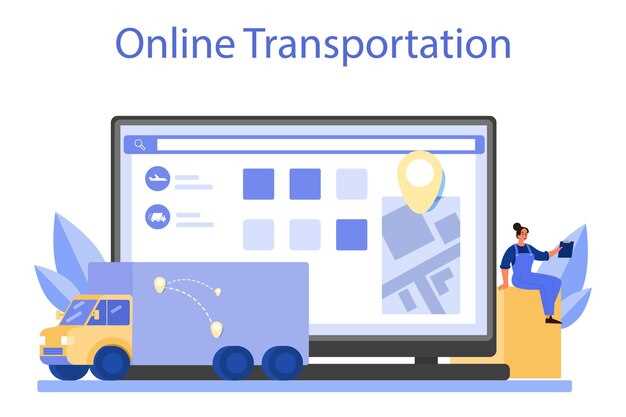
When it comes to transporting vehicles overseas, understanding the various shipping methods available is crucial for ensuring a smooth and efficient process. Car shipping is not just about moving a vehicle; it involves careful planning, compliance with international regulations, and an understanding of logistical challenges. Whether you are relocating, purchasing a vehicle from a foreign country, or exporting a classic car, having the right knowledge will help you make informed decisions.
There are several common methods for international car shipping, including container shipping, roll-on/roll-off (RoRo) services, and air freight. Each of these methods has its own advantages and disadvantages, depending on factors such as budget, urgency, and the type of vehicle being shipped. Understanding these options will empower you to choose the most suitable method for your specific situation.
Additionally, navigating the customs regulations and documentation required for overseas shipping can be overwhelming. It is essential to be aware of the necessary paperwork, taxes, and duties associated with importing a vehicle to ensure compliance with local laws. This knowledge will not only save you time but also prevent unexpected costs and delays.
Comparing Container and Roll-On/Roll-Off Shipping Options

When it comes to international car shipping, two of the most common methods are container shipping and roll-on/roll-off (Ro-Ro) shipping. Each option has its unique advantages and considerations, making them suitable for different shipping needs.
Container Shipping involves placing vehicles inside a shipping container, which provides a high level of protection. This method is ideal for high-value or classic cars that require extra care during transport. Containers also allow for the simultaneous shipment of personal belongings, as vehicles can be loaded with additional items within the confines of the container.
Customs clearance can be more straightforward with container shipping. Because vehicles are securely packed, there is often less risk of damage or theft, which can simplify the customs process. However, this method typically has a higher shipping cost due to container hire fees and the handling requirements.
On the other hand, Roll-On/Roll-Off Shipping is designed for ease and efficiency. Vehicles are driven directly onto the vessel, where they are secured in place. This method is commonly used for standard vehicles and offers a more cost-effective solution than container shipping. Ro-Ro vessels have a faster turnaround time, which can be beneficial for businesses needing quick shipments.
However, Ro-Ro shipping presents certain risks. Vehicles are exposed to the elements during transport, and there is a greater possibility of minor damage compared to container shipping. This option often requires thorough preparation for customs, as vehicles must be completely cleaned to meet stringent import regulations.
In conclusion, the choice between container and Ro-Ro shipping depends on the specific needs of the customer. For those prioritizing security and who have higher-value vehicles, container shipping is often the preferred method. Conversely, for standard vehicles and cost-effective transport, Ro-Ro may be advantageous. Understanding the customs implications of each method is essential to ensure a smooth shipping experience.
Navigating Customs Regulations for International Vehicle Transport

Transporting a vehicle across international borders involves intricate customs regulations that must be carefully navigated to ensure a smooth overseas shipment. Understanding these regulations is vital to avoid delays, fines, and additional costs. Here are key aspects to consider:
- Documentation Requirements: Proper paperwork is essential for customs clearance. Required documents typically include:
- Bill of Sale
- Vehicle Title
- Identification documents
- Import/export permits, if necessary
Ensure all documents are accurate and complete before initiating the shipping process.
- Tariffs and Taxes: Different countries impose various tariffs and taxes on imported vehicles. Research the destination country’s regulations to understand:
- The applicable import duties
- Taxes like VAT or GST
- Any exemptions or reductions available
Budget accordingly to avoid unexpected expenses upon arrival.
- Compliance with Local Laws: Each country has specific regulations regarding emissions standards, safety requirements, and modifications for imported vehicles. Ensure that your vehicle complies with these local laws to prevent rejection at customs.
- Customs Brokers: Hiring a customs broker can simplify the process. Brokers are familiar with the regulations and can handle the necessary paperwork on your behalf, helping to expedite the customs clearance process.
Understanding these customs regulations is crucial for successful international vehicle transport. Failure to comply with the rules can lead to serious delays, additional costs, and even seizure of the vehicle. Always stay informed and consult experts if needed to ensure a hassle-free overseas shipping experience.
Preparing Your Vehicle for Overseas Shipping: Key Steps
To ensure a smooth process when shipping your vehicle overseas, it is essential to follow specific preparation steps. These steps not only expedite the shipping process but also help you comply with customs regulations in the destination country.
1. Clean Your Vehicle: Thoroughly wash the exterior and interior of your car. Most countries require vehicles to be clean to prevent the introduction of foreign soil and pests. A clean vehicle also allows for easier inspection by customs officials.
2. Document Your Car’s Condition: Take detailed photographs of your vehicle from multiple angles. This can serve as a record of its condition before shipping, which is crucial for insurance purposes in case of any damage during transit.
3. Remove Personal Items: Clear out all personal belongings from your vehicle. Shipping companies typically advise against leaving items inside, as they can be lost or damaged and may also complicate customs clearance.
4. Deal with Fluids: Check all fluids, including oil, coolant, and gas. It is advisable to have less than a quarter of a tank of gas to comply with shipping regulations. Additionally, ensure that your vehicle’s fluids are at appropriate levels for shipping.
5. Disable Alarms and Security Features: To prevent any disturbances during transit, disable any alarm systems or security features. Inform the shipping company about any special instructions regarding starting the vehicle, if necessary.
6. Gather Necessary Documentation: Prepare all required documents, including the vehicle title, registration, and proof of ownership. Additionally, ensure you have any necessary import permits or compliance paperwork for customs clearance at the destination.
7. Choose an Appropriate Shipping Method: Decide whether to use container shipping or roll-on/roll-off (RoRo) methods based on your budget and preferences. Each method has its benefits, and understanding them can facilitate better planning.
8. Communicate with Your Shipping Company: Discuss all details with your chosen shipping company, including logistics, timelines, and any specific customs requirements for your destination country. They can guide you through the process and ensure compliance.
By following these key steps, you can effectively prepare your vehicle for overseas shipping, minimizing delays and complications during customs clearance and ensuring a seamless transition to your destination.



